Sydney freelance photographer, Belinda Mason, has won the 2019 Olive Cotton Award for Photographic Portraiture for her image, Taken.
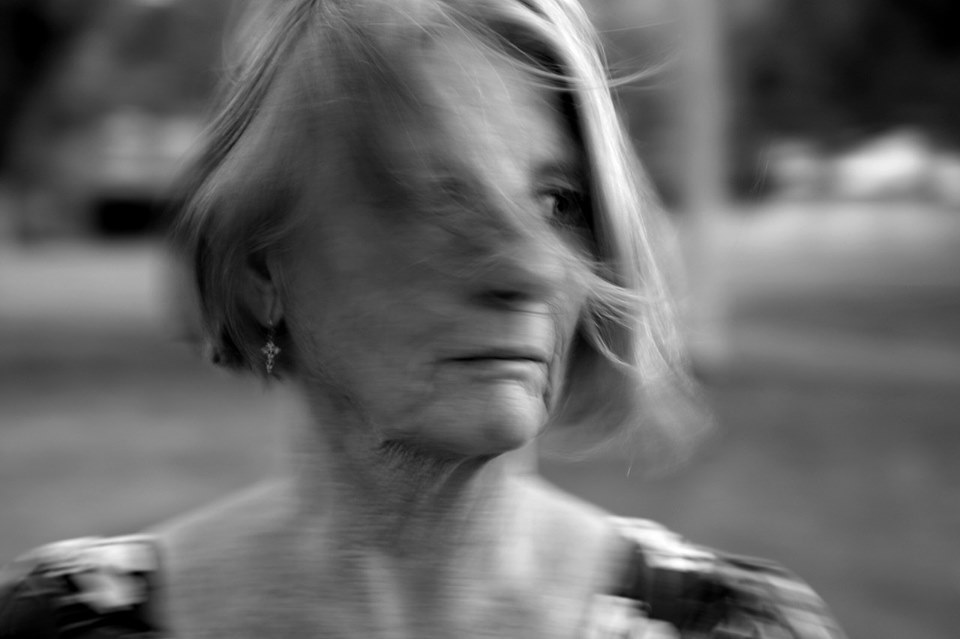
Taken part of Belinda’s ongoing multi-media project, Taken – Forget Us Not, that acknowledges the lives of child abuse victims and survivors.
Taken is a 3D holographic lenticular print, a technology that provides an illusion of depth or movement as the image is viewed from different angles. Click here (2MB) to see the animated version.
Contest organiser, Tweed Gallery, is yet to publish press materials or image descriptions, however Belinda’s website for Forget Us Not goes into detail about the image.
The photo shows Margaret Graham, an elderly woman from Alice Springs who is part of ‘The Forgotten Generation’ and was abused from a young age.
Here is Margaret’s account of the horrific abuse she received, taken from Belinda’s Forget Us Not website.
The Forgotten Generation are the child victims of the aftermath of the Second World War. Some parents, like mine, had difficulty raising their children due to their own Post Traumatic Stress, Disorder (PTSD), which resulted in us being institutionalised. I always think it takes three generations to get through a world crisis like this. Both my parents were ex-service people. My mother was at RAN in the Second World War, and my father was a Kokoda Trail veteran, who obviously came back with PTSD which wasn’t treated or diagnosed. My father was an alcoholic and a wife-beater. When I was born, my mother had pneumonia on delivery and fractured ribs, and she was unable to care for me or my siblings. We were sent to the Dalmar Institution from January 26 1956, until January 28 1961. This was extremely traumatic for me and my three siblings. Three of us had been sexually abused at the home, but we didn’t speak to each other about the abuse, and we certainly didn’t speak to our mother, and we remained silent until recently. My brother now has difficulty looking at his grandson and granddaughter. It’s a fear that he has because they’re the same age that he was when he was being abused. When my other brother died alone, his body not found for two weeks, I thought this silence has got to stop and I must speak out.
Sleeping in the dorm was very unnerving, if you wet your bed, you got dragged out of the bed, you got placed under a cold shower. One of the sisters would drag me outside and sit me on a stone-cold tomb. It was cold, it was miserable and scary. There was this tram in the ground of the home. I never could work out how I managed to be alone in this tram. A man who had Navy tattoos on his forearm, would lock me in there and sexually abuse me. He did this on many occasions. Also, I remember being strapped down in what I thought was a dental chair, with a bloke with a white coat on, who used to force me to have oral sex. One day, I bit him and he was really pissed off, so he pushed out my front tooth so that there was a gap, and told me, ‘Now you won’t bite me anymore’. Another incident that was common was the fitting of shoes. I grew up praying that my feet would not grow, and this originated from Sister Kerr, and she would digitally penetrate me and told me that’s how you got fitted for shoes.
I’ve been married to a wonderful man for the last 44 years, who was not aware of any of the traumas that I experienced, until recently. After giving evidence at the Royal Commission into Institutional Responses to Child Sexual Abuse, he is acutely aware. He loves me with all his heart. He is a kind, gentle, loving father and partner. One of my greatest blessings was meeting my husband and marrying him.’
Belinda’s project came after findings by the Royal Commission into Institutional Responses to Child Sexual Abuse, along with other reports about ongoing failures to prevent child abuse. The photographer invited people from Australia to participate.
Here’s Belinda’s description for the image.
‘The freedom of Margaret’s hair in the images is in sharp contrast to her experience of being dragged by her hair by her abusers who also told her not to look at them,’ she wrote. ‘This has made her terrified of her hair being touched or looking at and recognising people’s faces. Margaret was told that there were no photographs of herself as a child on file, but she remembers being photographed for publicity images.’
Belinda undertakes art projects that tackle socio-cultural issues. She won the 2008 Moran Photographic Prize, and Forget Us Not recently showed at the 2019 Head On Photo Festival in Sydney. She also shoots corporate, fashion, industrial, and advertising work.
The biennial $20,000 Olive Cotton Award was judged by significant photo media artist, Marian Drew. She selected images produced by camera and show an individual, which everyone will agree is ‘photographic portraiture’.
This will drum up far less controversy than the last Olive Cotton Award. In 2017 National Gallery of Australia senior curator, Dr Shaune Lakin, controversially picked an image by Justine Varga that didn’t show an individual and wasn’t produced by camera. There ruling caused upset that a major photo award was hijacked by the fine art academic fraternity to make a self-indulgent bold statement, rather than simply award a portrait photo.
Here are other winning finalist photos.
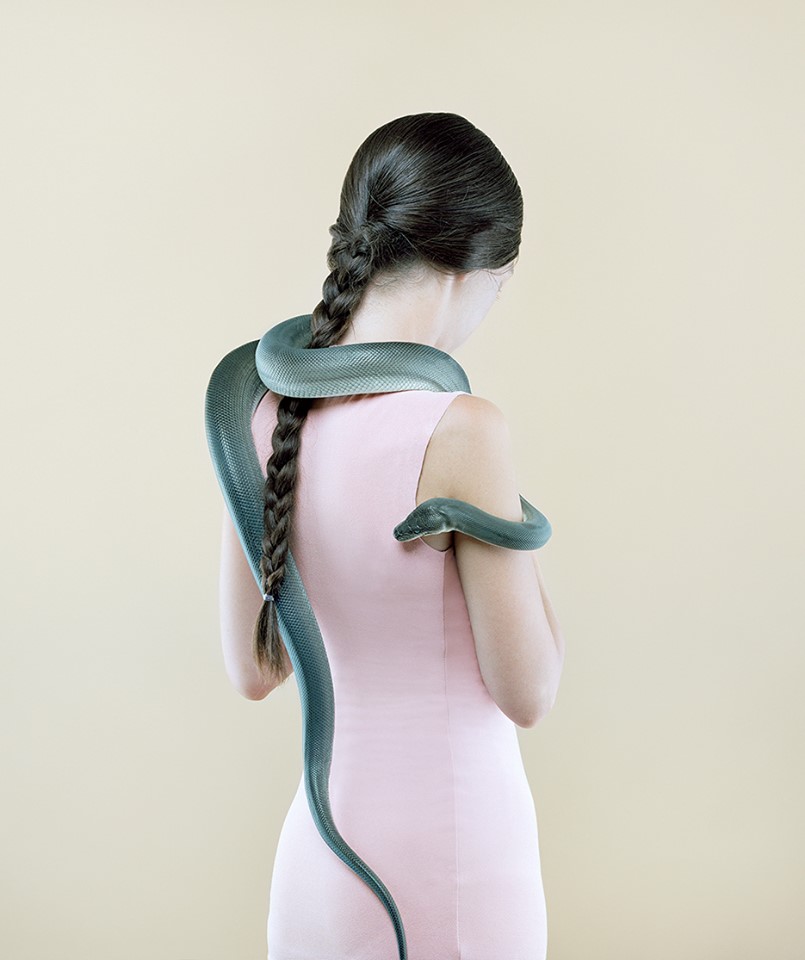
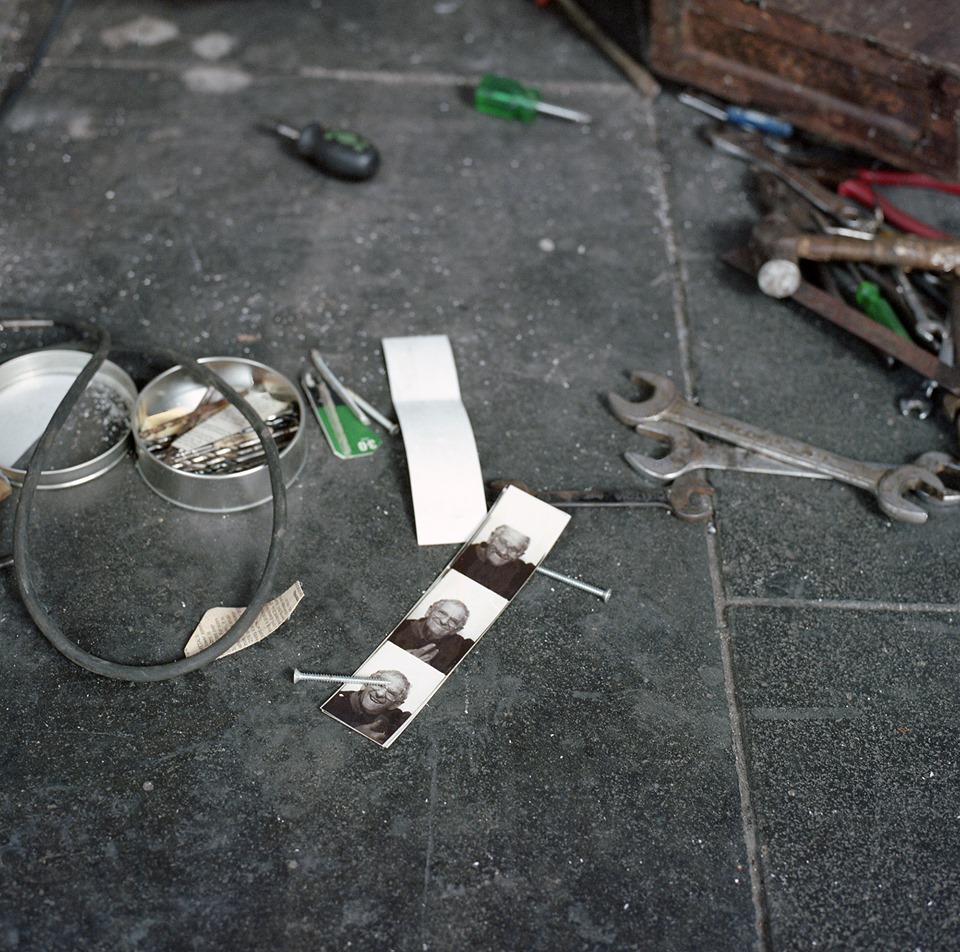
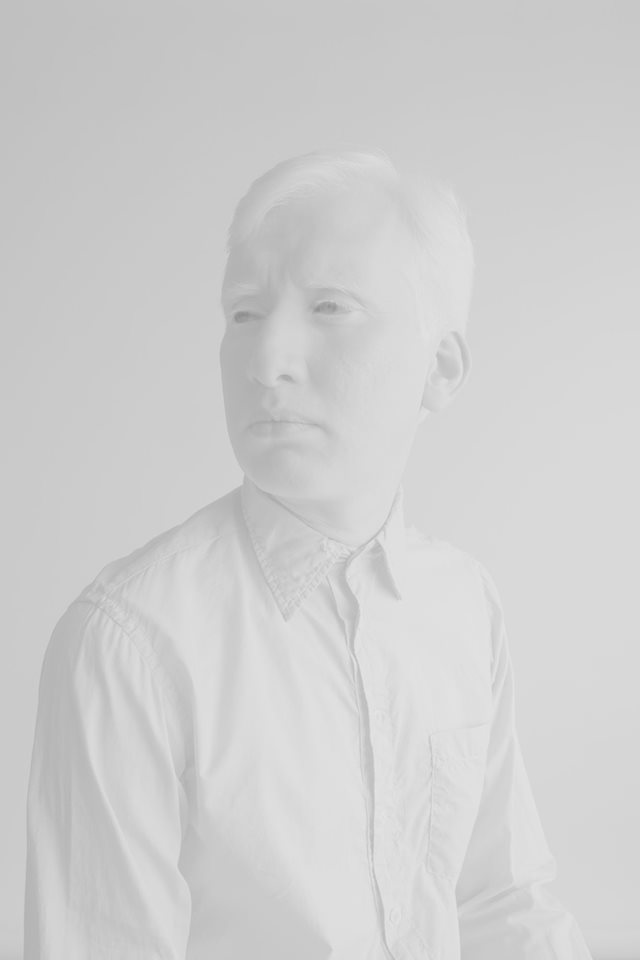
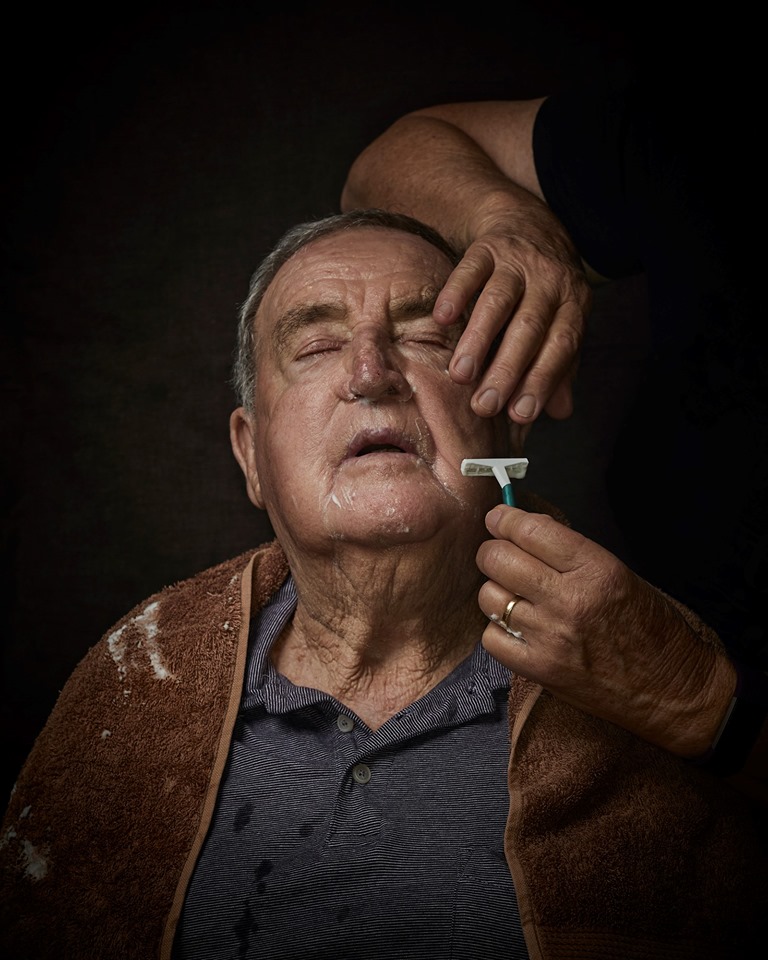





Be First to Comment